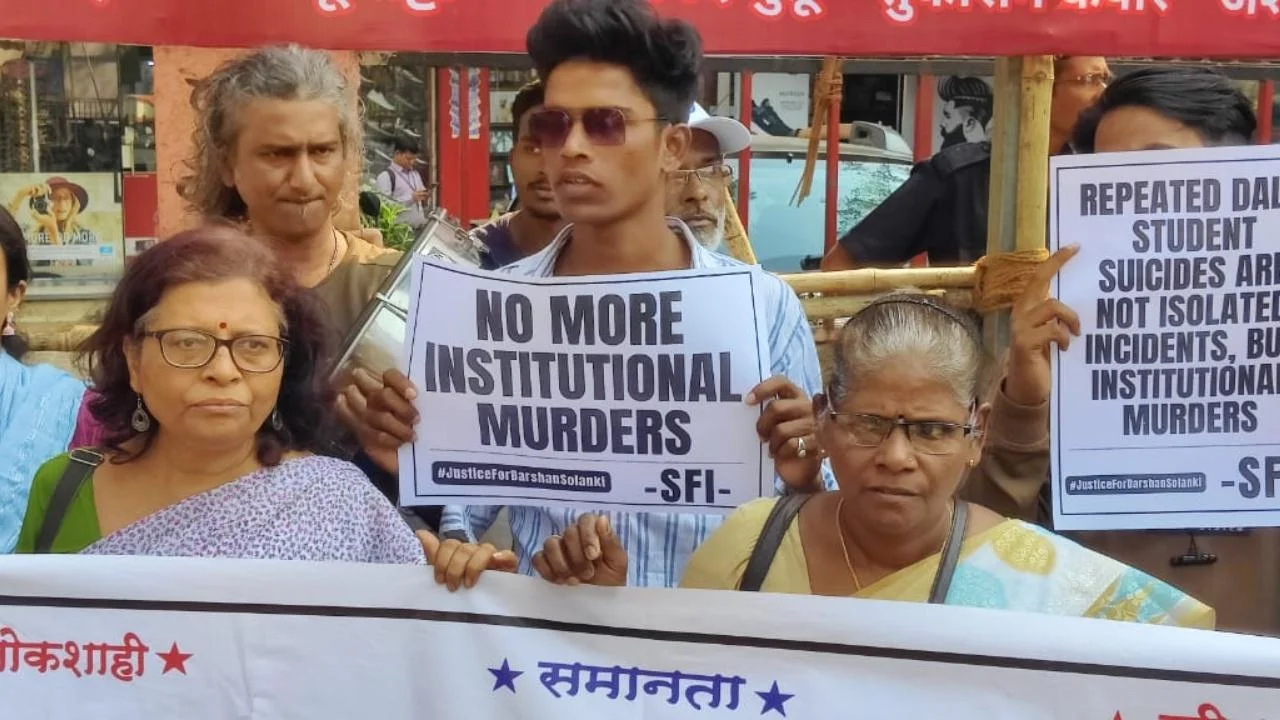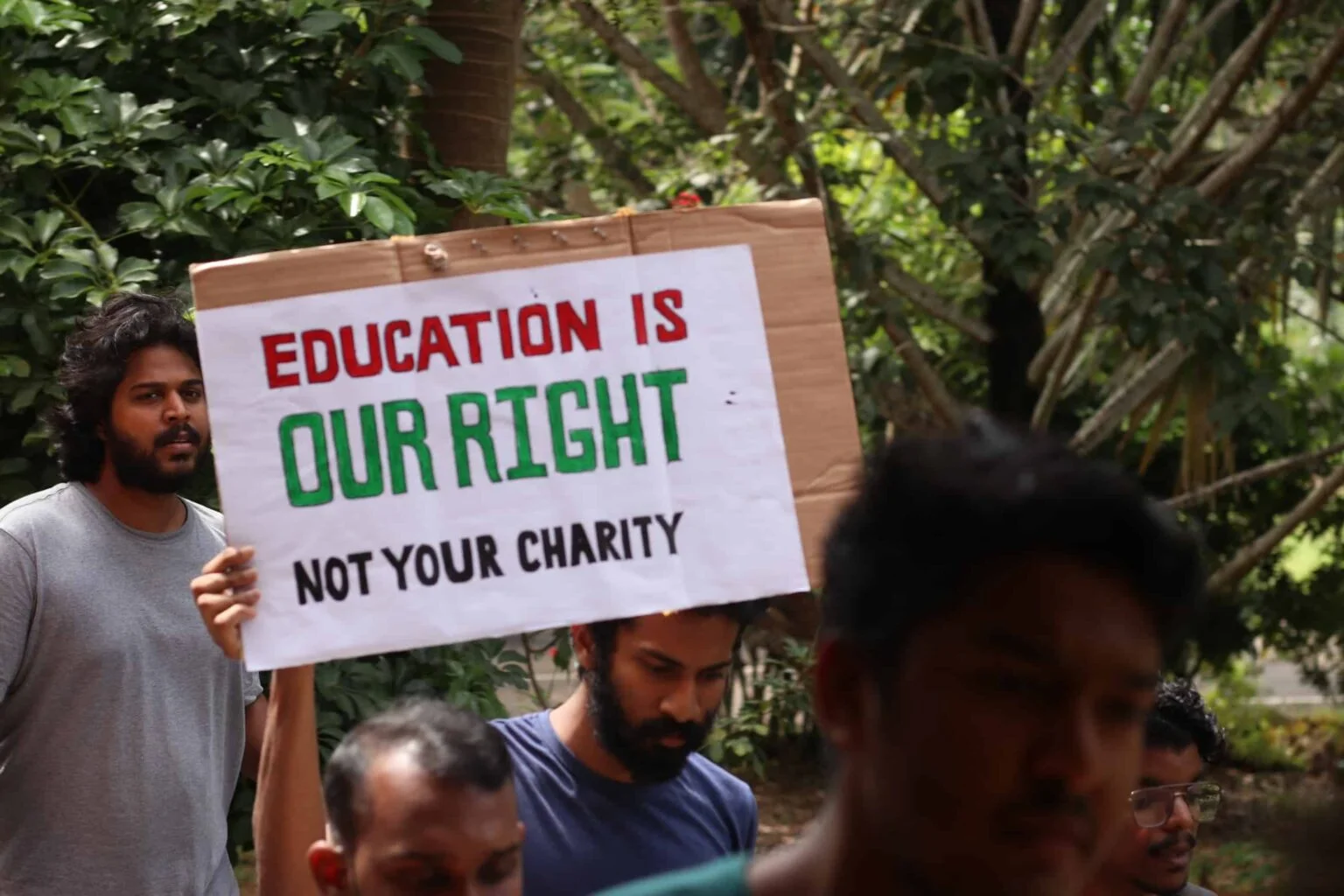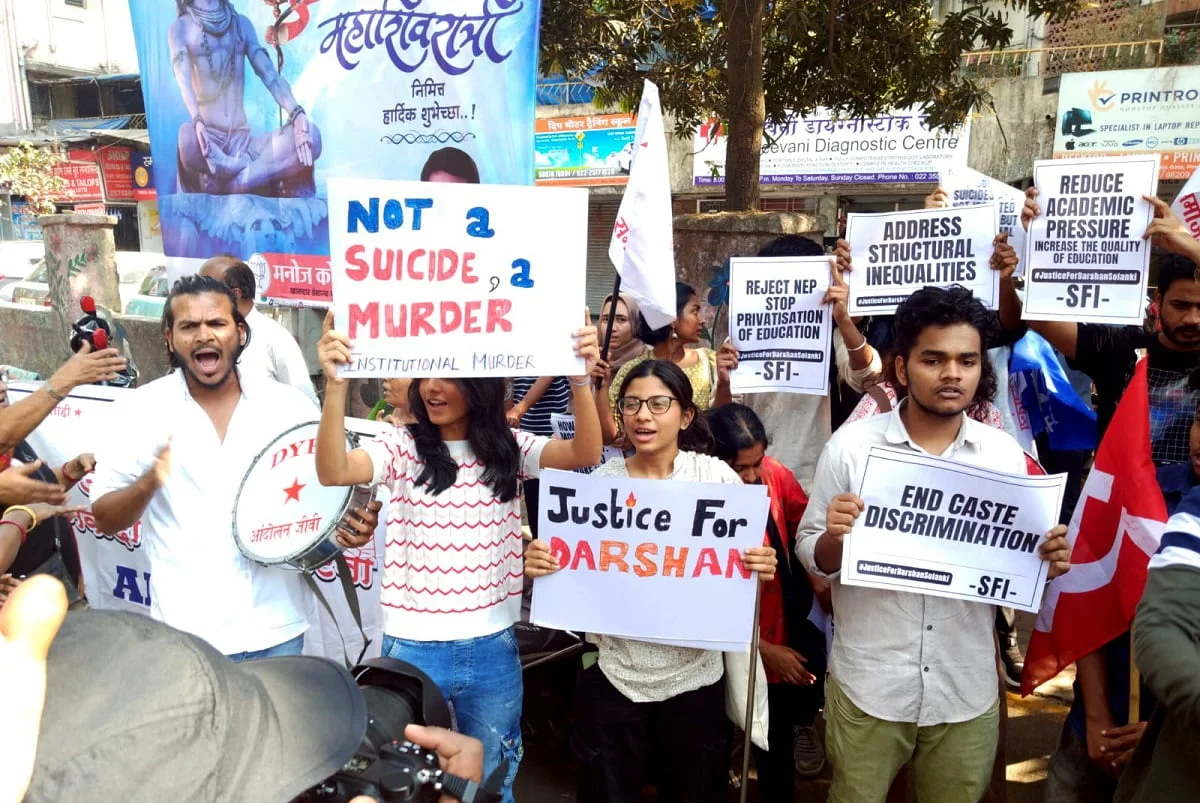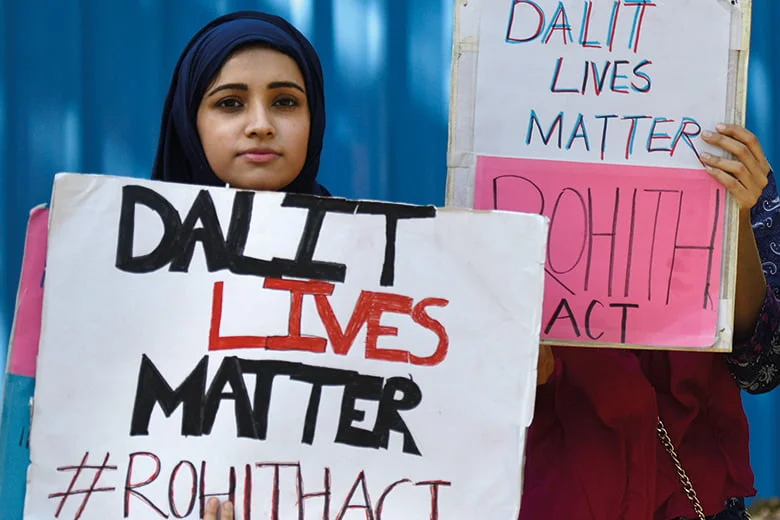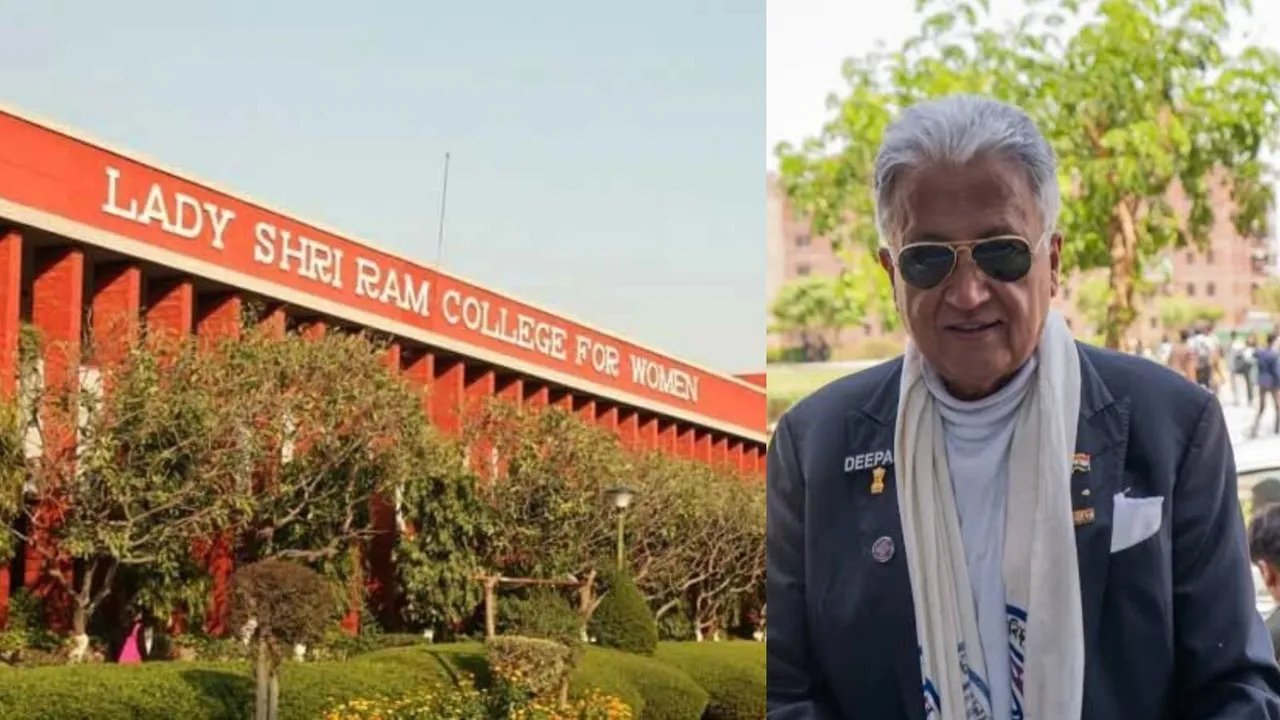Trigger Warning: Suicide, Discrimination, Death.
Dr Ravikant Kisana, more popularly known as the ‘Buffalo Intellectual’, has released his debut book titled Meet the Savarnas: Indian Millennials Whose Mediocrity Broke Everything. FII engaged with the writer in an interview prior to the release and in the aftermath of the Supreme Court’s formulation of task force to look into student suicides on Indian educational campuses and Karnataka’s Chief minister, Siddaramaiah announcement that the state will be enacting the Vemula Act ‘at the earliest‘.
It is important to discuss the endemic of student death by suicide. The piece includes excerpts from the interview with Ravikant as he talks about caste based discrimination on campus and facets of the Indian higher-educational systems.
Rising concerns over student suicides: a background
Last month, the second meeting of the National Task Force on the Mental Health Concerns of Students and the Prevention of Suicides in Higher Educational Institutions was held. This taskforce was made by the Supreme Court under former Judge, S Ravindra Bhat to review the cases of student suicides, existing policies and institutional frameworks, and recommend measures to kerb the growing numbers by creating a more inclusive and supportive academic environment.
However, there was a time when an attempt to die by suicide in India could sentence a person to imprisonment for a term which could extend to one year or with fine, or both under Section 309 of the Indian Penal Code (IPC), 1860.
In 1996 a constitution bench of the Supreme Court had ruled that the right to life does not include the right to die.
In 2017, the enactment of the Mental Healthcare Act implicitly decriminalised attempts at suicide through its Section 115, which disallowed prosecution and redefined attempted suicide as being considered the result of severe stress.
The Bharatiya Nyaya Sanhita 2023 did not retain Section 309 and now, attempt to suicide is not a crime in India, except when done as a means to prevent a public servant from carrying out their official duty.
Questioning the not-so-new silent epidemic in educational institutions
Student suicides accounted for 7.6% of the total share of suicides in the country as per National Crime Records Bureau’s (NCRB) 2022 data. Released at the Annual IC3 Conference and Expo 2024, the report, ‘Student Suicides: An Epidemic Sweeping India’ by IC3 Institute raised an alarm, highlighting the ‘ever-increasing rate‘ of student suicides in the country.
Released at the Annual IC3 Conference and Expo 2024, the report, ‘Student Suicides: An Epidemic Sweeping India’ by IC3 Institute raised an alarm, highlighting the ‘ever-increasing rate‘ of student suicides in the country.
This report said that this ‘silent epidemic‘ has increased by 57% from the previous decade (2002-2011) and in the past five years, as overall suicides grew at a rate of 2%, the rate of student suicides surged by 5% in the past five years.
Commenting on this, Ravikant said, ‘It is not that student suicides are a new issue or it is increasing now. Rather, deaths are being reported more because of the increased Ambedkarite presence on Indian campuses‘.
Ravikant briefly discusses the death by suicide of Rohit Vemula, a Dalit PhD scholar and activist on Jan 17, 2016, in his book and how this incident ignited conversations on caste and caste-based discrimination in Indian higher educational institutions.
Vemula prominently raised issues against the practices of caste injustice on campus at the University of Hyderabad under the Ambedkar Students Association (ASA) and it was alleged that his death was a result of a series of discriminatory behaviour and disciplinary action against him by the university.
When asked about the possible reasons that compel students to turn to suicide, Dr Ravikant emphatically elaborated on the core philosophy of the Indian educational system – the ‘guru-shishya parampara‘ something he also writes about in the fourth chapter of his book.
Calling this a ‘casteist philosophy‘ he said, ‘In this (educational) system there is a guru which can be both, the teacher and the institution, and they are never wrong or accountable for their words and actions. This method of ‘shiksha’ (teaching) and ‘Pareeksha’ (examination) is to filter for the best‘.
‘Such a system demands devotion and unquestioning respect towards the guru‘, he added.
‘Such a system demands devotion and unquestioning respect towards the guru‘, he added.
When asked if the philosophy of education had changed today, Ravikant declined and said, ‘It remains the same, churning for learning. Students continued to struggle because the educational system is designed not to maximise individual talent but to make them fit in‘.
When pareeksha is more important than shiksha
The National Suicide Prevention Strategy (NSPS) was launched by the Ministry of Health and Family Welfare (MoHFW) on November 21, 2022, with the goal of reducing suicide mortality to 10% by 2030.
The Minister of State in the Ministry of Education, Dr Subhas Sarkar, presented data on the pattern of student suicides in leading institutions of India, the IITs, IIMs, NITs and thereof, of the past five years in the Lok Sabha. He reported that in the last five years, 32, 21 and 4 students have died of suicide in IITs, NITs and IIMs, respectively. 14 cases were reported in Delhi alone.
‘Relentless academic pressure‘ was cited as the reason that a second-year student pursuing Master’s died by suicide in IIT Delhi. Between 2023 and 2024 alone, five cases of student suicides were reported at IIT Delhi. Similar were the cases of a student studying at NIT and a postgraduate student at the IIM Ahmedabad.
Ravikant often calls out the faulty Nehruvian model of establishing ‘institutions of excellence‘, as he has even written about it in his book.
‘Rather than building a number of accessible and above-average institutions to make education available for the masses, this system creates extraordinary pressure on the students and institutions to perform‘, he said.
A 12-member committee was set up in March 2024 to look into the cases of suicides in IIT Delhi and suggest recommendations. The committee flagged seven categories for scrutiny which included discrimination and exclusion, and caste-based discrimination. The inaction of the administration, which formed several committees but did not act upon its findings and recommendations, was included as a key observation. When the committee submitted its report a member of the panel anonymously reported that the administration was unresponsive. Unfortunately, two months later, another student died of suicide.
When the committee submitted its report a member of the panel anonymously reported that the administration was unresponsive. Unfortunately, two months later, another student died of suicide.
Ravikant also talked about how a ‘coaching centre market‘ has been created. He said, ‘Due to a complete imbalance in the demand and supply of institutions and applicants to the education sectors, these (coaching centres) have come up in remote corners of the country and demand a complete sacrifice of desirable existence from the child while charging exorbitant fees‘.
He also talked about how universities follow a similar pattern of focussing more on placements than on the quality of education. This is because, ‘(They) must reimburse or justify the fee they demand by getting the students placed well and in this risk-reward equation, students are not allowed to make a mistake‘, he said.
Intersectional society and sectional divide
The Central Educational Institutions (Reservation in Admission) Act, 2006 allocated 27% of seats to OBC students by extending the existing 22.5% quota for Scheduled Castes (SCs) and Scheduled Tribes (STs). This was not implemented properly, and neither were the reservations regarding the recruitment of SC/ST/OBC faculty.
Ravikant strongly asserted that caste diversity is absent in educational institutions. He said, ‘The 56 central universities now have a combination of conservative versus progressive Savarna professors, leaving just a binary for the students‘.
‘Because there is such a huge debate over reservations, it becomes important to burst myths on reservations and merit and provide orientation to the students and faculty, which is expected to deeply and regularly interact with a diverse student body, on caste diversity‘, suggested Ravikant.
He added, ‘An institution should be like a workshop that develops the child, allows failures and where orientation sessions are not limited to gender parity and anti-ragging but also include caste sensitisation‘.
Changing the philosophy of university educational systems
‘Indian students link their self-worth to academic achievement and there is a need to demystify this idea‘, said Ravikant when asked about if he had ever come across a distressed student and how he managed that situation.
‘The dropping out or failure of a student is a failure of the institution‘, he said.
However, as he does in his book by remembering the case of Venula who was allegedly targeted by his university for his involvement with ASA, Ravikant reveals a harsh truth saying, ‘Institutions will always win in a fight between a student and an institution and one cannot push against this‘.
In July 2015, Vemula’s university stopped paying his monthly stipend of Rs 25,000. There were other allegations of inquiries against him and he was later suspended.
In July 2015, Vemula’s university stopped paying his monthly stipend of Rs 25,000. There were other allegations of inquiries against him and he was later suspended.
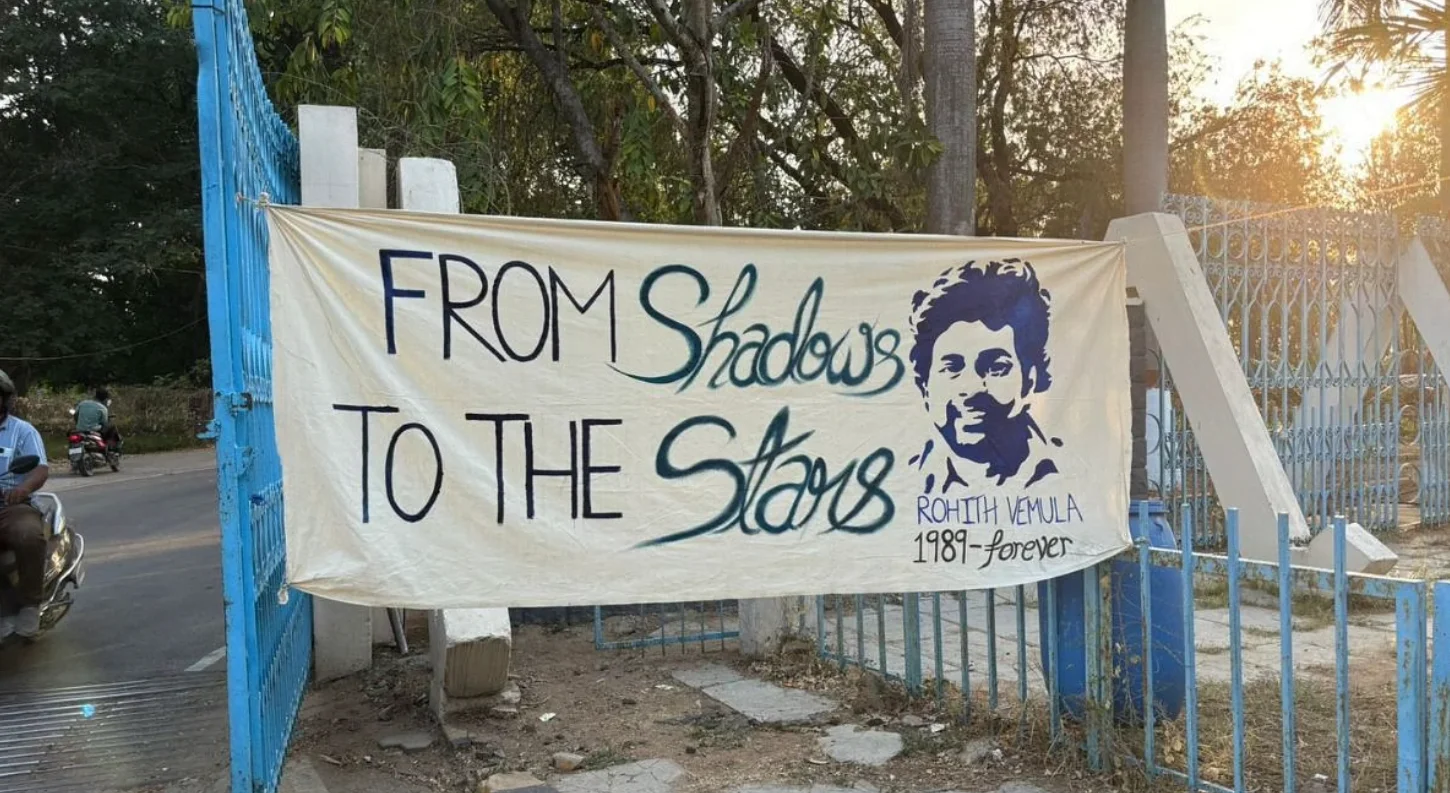
But when asked about what he thinks of the recent developments and attention paid to student life on educational campuses, he said, ‘Change is not a button that you press, it is incremental. What is important is that the fight should not go backwards‘.
He urged saying, ‘These discourses around these developments, of the formation of a task force and Congress’ old promises, must be followed and should not be allowed to die down‘.
As a parting note, he recommended nurturing diversity on campus, opening channels of conversation that address intersectional differences and reimagining our model of education to inculcate gentleness.
About the author(s)
Second year student of Media Studies at CHRIST (Deemed to be University), BRC, Bangalore. A trained Kathak dancer, theatre artist and political nerd.
